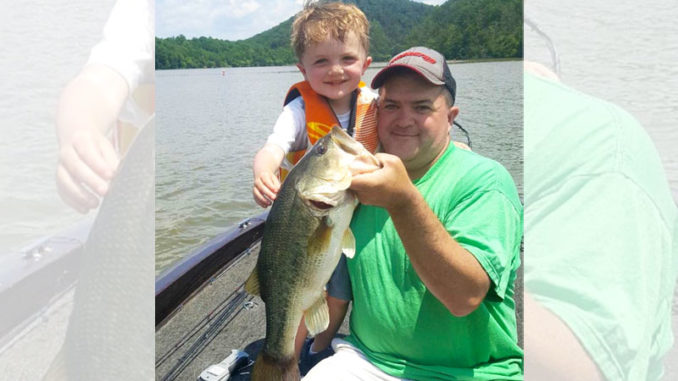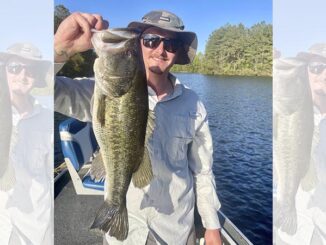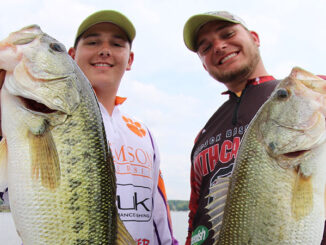
The bite starts slow, finishes strong this month
Bass fishing on North Carolina’s Tuckertown Lake in May involves two phases: a slow one early in the month and an explosive one later on.
The first two weeks of May can be a drag, with some bass lingering on the beds while the ones coming off are weary from spawning and unwilling to chase baits.
The only way to get strikes is with slow, methodic presentations using Senkos fished weightless or wacky-style, shaky head jigs, standard jigs or Texas-rigged plastics.
When bass fry appear, a topwater bite may show up. But Tuckertown’s murky waters often curb surface action.
Then, around Memorial Day weekend, the lake suddenly comes alive with hungry bass fully recovered from the spawn and postspawn blues. The rejuvenated fish eagerly pursue any crankbait that wobbles their way.
This is the moment crankbait fishermen like Shane Floyd of Lexington, N.C., have been patiently waiting for since the beginning of May. Not only are Tuckertown Lake bass prone to whack crankbaits, but they’re often bunched up at one spot.
Crankbait bite doesn’t last long for Tukertown Lake bass
“You only have a short window of opportunity to catch fish with crankbaits,” Floyd said. “Last year after Memorial Day, I took my son, Austin, to Tuckertown after hearing the fish were chomping crankbaits. I hardly had a chance to throw one because Austin caught several fish around 3 pounds on a trick worm using a Zebco outfit for children. I was kept busy netting his fish. Obviously, the fish like trick worms, too.”
Once Floyd began cranking a medium-running Fat Free Shad, he wasn’t disappointed. Bass weighing up to 4 pounds were all over his crankbait. About a week later, the bite faded.
Despite May’s brief cranking bonanza, cranking isn’t what it used to be. That’s because of the black mat algae that has infested the lake.
“Only a handful of places remain where I can throw a crankbait without getting that junk on it,” said Floyd. “I crank points in 10 to 12 feet of water featuring relatively clean bottoms. Many prime places I once fished have become choked out with algae.
“My crankbait must run above the algae, if there’s any” said Floyd. “To do that, I’ve gone more to shallow-and medium-running crankbaits.”



